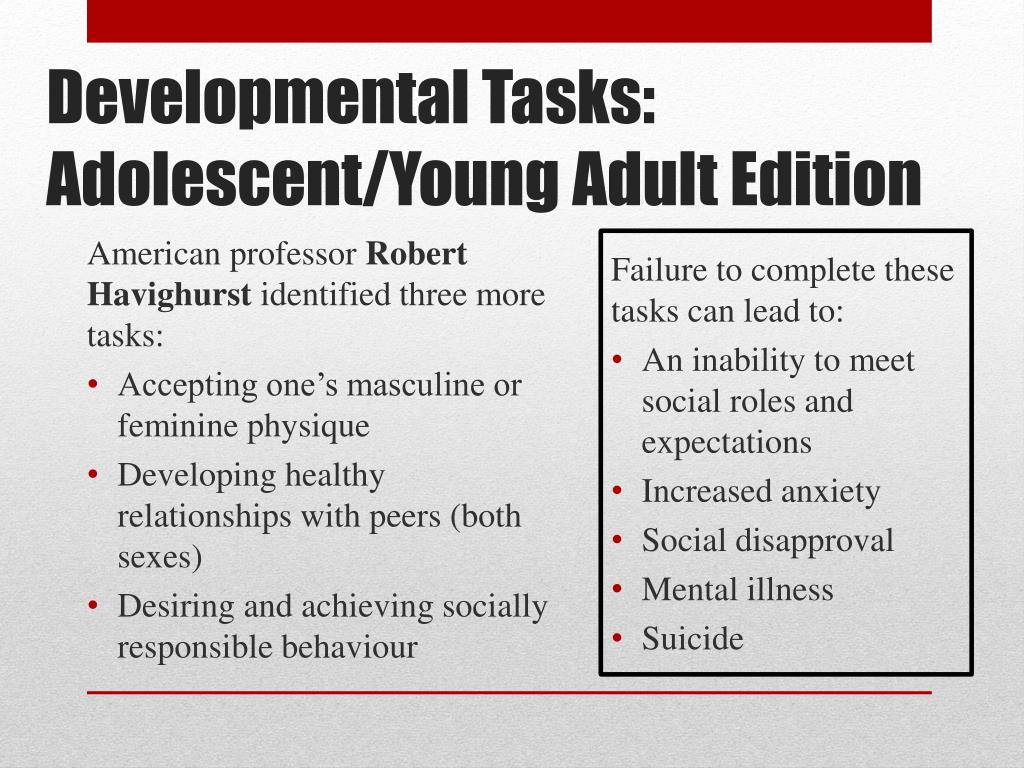

2.gif)
I think you should never create tasks for meetings, presentations, etc. This overhead is for meetings and possilbe assistance in maintainance on already deployed projects.

In our case administrative overhead is usually 1MD per team member per week. We also reduce capacity by "administrative overhead". When we plan our next sprint we always reduce planned capacity by all holidays and trainings. 90%) and thus the overall team capacity calculated at the beginning of a Sprint. If a team member go to some training, it affects the team member allocation (e.g. And when the item gets picked, we create a corresponding task in the Sprint Backlog, with a timeboxed estimation.Īnd we handle trainings like holidays. Non recurring events, like a special meeting, R&D, exploration, etc don't really belong to the PB neither (how should a PO value them and prioritize them?) and I prefer to include their "cost" in the estimation of the related PBI. typically waste) and I would thus simply include them in the overall velocity. Actually, I don't see the point of tracking them at all (it sounds like useless overhead i.e. Recurrent events like meetings, administrative tasks, etc don't really match this definition of a PBI and I wouldn't include them at the Product Backlog level. Learning new roles related to retirement, becoming grandparents, losing a partner, and health-related changes.In my opinion, "tasks" don't really belong to the Product Backlog, Product Backlog Items (PBI) should be used for things that are visible to the end users - or mandatory to achieve such items - and expressed in a way that demonstrate their business value. Middle-age families (“empty/spacious nest” to retirement).Īdjusting to being a couple without children living at home.Īging families (retirement to death of both spouses). Navigating adult-to-adult relationships with children.

Launching families (first to last child is leaving home). Tending to parents’ midlife relationship and career issues. Providing guidance to children while collaborating with outside resources (e.g., school, extracurricular activities).Īdjusting parent-child relationships with adolescents to provide more independence with safe limits. Socializing, educating and guiding children.Īssessing and adjusting parenting roles as children age and more children join the family. Preparing and adjusting the family system to accommodate children. Stages and tasks of family development STAGEĪdjusting relationships with families-of-origin and social networks to include a partner.Ĭhildbearing families with the oldest child between birth and 30 months. It is important to note that this theory is based on the traditional, nuclear, intact family, which is evidenced by the following stages: Table 1. “(a) its family life cycle dimension that provides a basis for study of families over time (b) its emphasis on the developmental tasks of individual family members and of families at every stage of their development (c) its built-in recognition of family stress at critical periods in development and (d) its recognition ever since 1947 of the need for services, supports, and programs for families throughout their family life cycles.” This theory was different from other theories during this time because: A set of parents smile at their toddler and new baby. Diana Lang Duvall’s Family Development TheoryĪccording to Duvall’s Family Development Theory (1988), families move through stages in a particular order across time after members successfully master tasks for each stage.


 0 kommentar(er)
0 kommentar(er)
